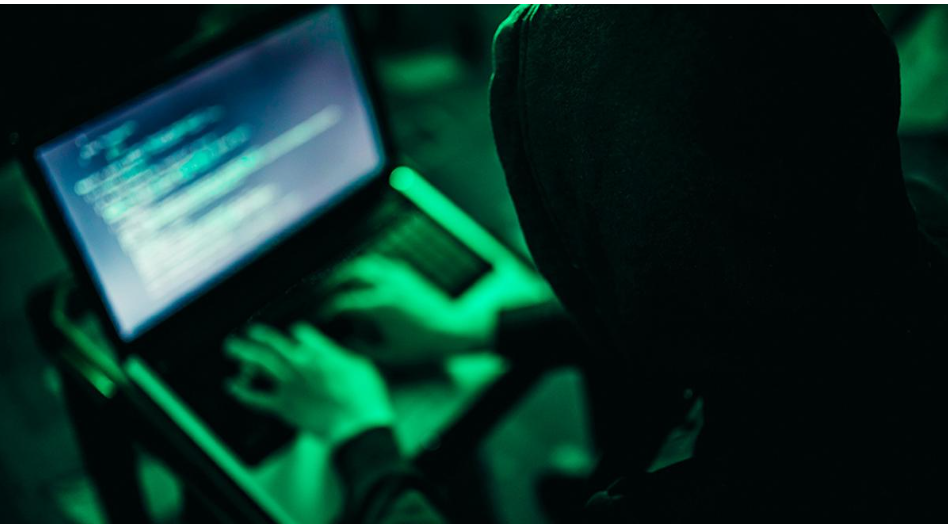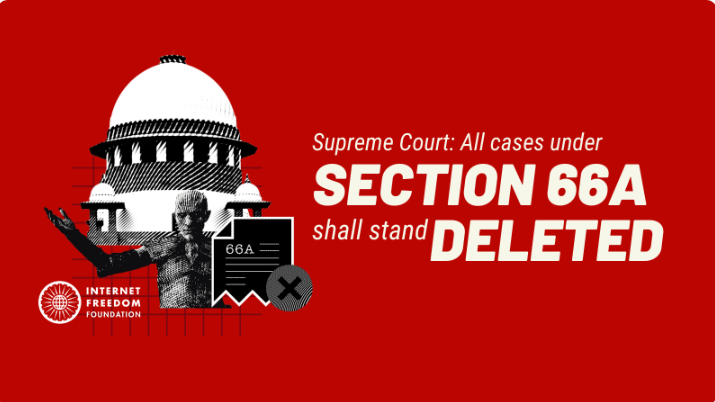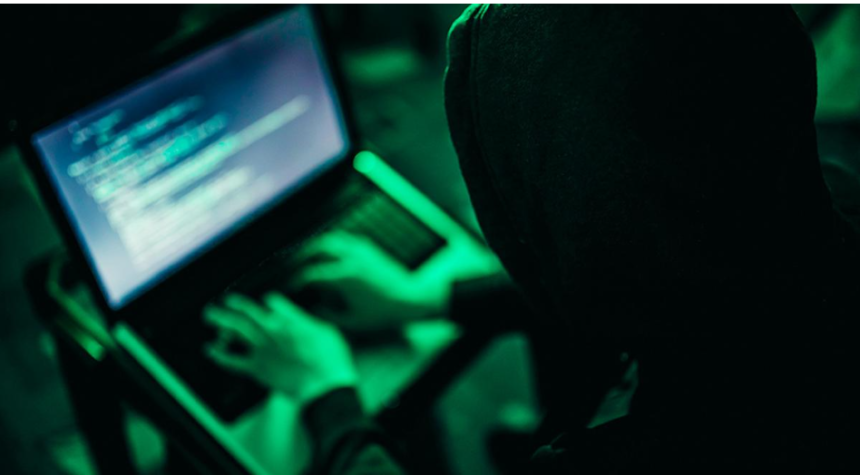Internet Content The Debate Over Monitoring a significant move aimed at curbing unlawful content on the Internet, the Ministry of Home Affairs (MHA) and state governments have enlisted 54,800 private individuals to monitor and report content deemed illegal or harmful. This initiative seeks to address issues such as hate speech, child pornography, and misinformation by leveraging citizens as online watchdogs. However, Internet Content this ambitious scheme has drawn sharp criticism from digital liberties advocates, including the Internet Freedom Foundation (IFF), which warns of risks to privacy, freedom of expression, and trust within society.
This article explores the MHA’s plan, its potential benefits, criticisms, Internet Content and the broader implications for the digital landscape in India.
Understanding the MHA’s Initiative
The program invites private citizens to volunteer as “cyber-sentries,” empowered to identify and flag unlawful online content. According to officials, the aim is to strengthen digital governance and reduce the spread of harmful material that undermines societal harmony.  For the more information click on this link
For the more information click on this link
Focus Areas:
- Misinformation and Fake News: Tackling the proliferation of fake news that incites violence or unrest.
- Hate Speech: Identifying speech targeting religious, ethnic, or other groups.
- Child Sexual Abuse Material (CSAM): Curbing the sharing of explicit and exploitative content involving minors.
- Terror-Related Content: Preventing the spread of extremist propaganda.
Structure:
- Recruitment of Volunteers: Citizens are enlisted through state-run portals after undergoing background checks and briefings.
- Reporting Mechanism: Volunteers are expected to report flagged content to designated authorities or platforms for review.
- Support Infrastructure: Coordination between cyber volunteers and law enforcement agencies ensures prompt action.
Rationale Behind the Initiative
The explosion of Internet usage, coupled with the rapid growth of social media, Internet Content has created significant challenges in controlling unlawful content. The MHA contends that empowering citizens to contribute will amplify surveillance capabilities and deter offenders.
Statistics Highlighting the Issue:
- Social Media Misinformation: A significant portion of mob violence and riots over recent years has been attributed to the spread of fake news online.
- Online Exploitation: India continues to report one of the highest volumes of child sexual abuse material worldwide.
Arguments Supporting the Scheme
Supporters of the initiative see it as a necessary step to combat the harmful use of the Internet in a digital-first world.
1. Enhanced Monitoring Capacity:
With over 54,800 volunteers, the initiative supplements the efforts of cyber police forces, Internet Content helping them address a larger volume of complaints in real-time.
2. Community Participation:
Engaging private individuals fosters shared responsibility for maintaining a safe and harmonious digital environment.
3. Swift Action Against Harmful Content:
By creating an alert network, authorities can respond faster to emerging threats.
4. Educating the Public:
The scheme raises awareness about online laws, potentially cultivating responsible Internet usage among participants.
Criticism of the Initiative
The Internet Freedom Foundation (IFF) and other civil liberty organizations have raised serious concerns, warning that the program could erode democratic freedoms and create a surveillance-driven society.
1. Culture of Surveillance:
IFF argues that deputizing citizens as cyber-watchdogs risks fostering suspicion and distrust among communities. The potential for misuse, such as settling personal scores under the guise of flagging content, is high.
2. Privacy Violations:
Critics fear that the initiative could compromise users’ privacy, Internet Content leading to heightened surveillance of online activity beyond lawful limits.
3. Chilling Effect on Freedom of Speech:
The perception of constant monitoring may discourage citizens from expressing themselves freely, Internet Content stifling political discourse and artistic expression.
4. Lack of Oversight Mechanisms:
Critics contend that clear accountability measures are absent, Internet Content increasing the potential for abuse and arbitrary decision-making.
5. Potential for Social Distrust:
A society of watchers and monitored individuals, as envisioned by detractors, Internet Content could lead to paranoia and fractured relationships among communities.
Comparison to Global Practices
India’s approach is not entirely unique. Globally, Internet Content governments have taken similar steps to combat unlawful online content, albeit with varying degrees of public acceptance and criticism.
United States:
- Citizen Reporting Programs: Platforms like Facebook and YouTube employ mechanisms where users can flag harmful content.
- Law Enforcement Partnerships: Collaborations with private entities and citizens contribute to managing hate speech and CSAM.
China:
- Heavily Surveillance-Oriented: The government employs strict Internet policing, encouraging citizens to report suspicious behavior. Critics argue this contributes to a highly censored and monitored society.
European Union:
- GDPR and Content Reporting: While platforms encourage flagging content, Internet Content the EU has strict rules on personal data privacy, emphasizing oversight and due process.
India’s critics urge policymakers to learn from these models, focusing on balancing enforcement with respect for rights.
Implications for Citizens and Democracy
The introduction of private cyber volunteers raises questions about its long-term implications for citizens and India’s democratic framework.
1. Empowerment vs. Oversight:
Empowering citizens to report content risks normalizing surveillance if checks are not enforced.
2. Trust in Government:
A robust accountability framework, including judicial oversight, Internet Content is essential to ensure citizens trust that their reports won’t be misused for political or personal agendas.
3. Increased Reporting Burden:
While beneficial, the initiative may flood authorities with false or petty complaints, diverting resources from genuine threats.
Recommendations to Address Concerns
Experts recommend safeguarding civil liberties while tackling unlawful content online:
1. Establish Clear Guidelines:
Define the scope of “unlawful content” precisely, ensuring subjectivity is minimized in interpretation.
2. Ensure Data Protection:
Volunteers’ and flagged users’ privacy should be safeguarded, with clear rules against data misuse.
3. Independent Oversight Bodies:
Appoint third-party bodies to review the process and investigate cases of misuse.
4. Training and Education:
Volunteers must receive training on recognizing lawful content, discouraging ideological bias or personal vendettas.
5. Collaboration with Platforms:
Partner with tech giants like Google, Twitter, and Facebook to handle flagged content transparently and ethically.
Voices from the Field
Supporters Speak:
“This initiative helps create a safer digital space for our children and future generations,” stated an MHA official.
Critics Weigh In:
“We must preserve Internet freedoms by resisting measures that normalize mass surveillance,” said Apar Gupta, Executive Director of IFF.
Digital Rights Experts:
“A middle ground—leveraging technology to monitor content while safeguarding freedoms—is the need of the hour,” said Dr. Nina Malhotra, a digital policy analyst.  For the more information click on this link
For the more information click on this link
Technology’s Role in Monitoring
Technology can serve as a more ethical solution to monitor content without over-relying on human intervention:
Artificial Intelligence and Machine Learning:
- Automated systems can flag content based on predefined parameters, Internet Content reducing reliance on manual inputs.
Blockchain for Accountability:
- Blockchain-based systems could ensure transparency in content review processes.
Big Data Analysis:
- Analyzing trends in flagged content can help authorities better understand societal tensions without compromising freedoms.
Conclusion
While the MHA’s scheme aims to address the urgent issue of unlawful online content, the criticisms it has drawn underline the thin line between vigilance and intrusion. The initiative’s success hinges on the government’s ability to balance robust enforcement with respect for civil liberties.
For India’s democratic Internet ecosystem to thrive, Internet Content stakeholders must collaborate to build a framework that promotes safety without stoking societal distrust. If implemented responsibly, this program could represent a leap toward safer digital spaces. However, without adequate safeguards, it risks devolving into a system fraught with overreach and erosion of public trust. ALSO READ:-45 Injured in Delhi-Mumbai Expressway Bus Accident: Fog and Speed Blamed for Tragedy 2024





